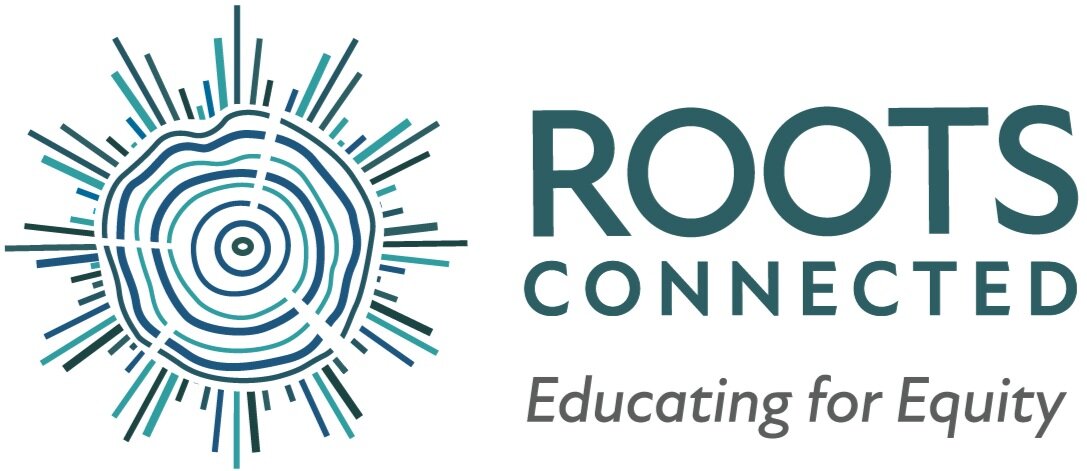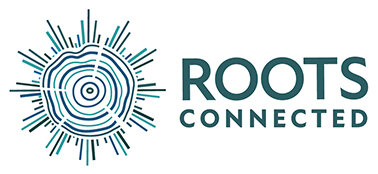The Arpillera Project: Art as a Voice and Vehicle for Reflection and Activism
Contributor: Laura Ayam
No Mas Guns
Activism is an intentional action with the goal of bringing about social change. It consists of efforts to promote or direct reform with the desire to make improvements in society. Does art have the power to generate change? Can we use our work to raise awareness about issues that are important to us? What impact can this have on ourselves, on others and the issues at hand? Artists have been discussing this for decades, but it seems especially relevant at this time. In our art room, 7th graders actively engage in discussions about current events and explore their roles and their power as agents for social change. Inspired by artists who have used their work as a way to share their voice and vision in times of social or political unrest or in the face of adversity or injustice, motivated by their way to address inequality and to challenge power structures and the status quo, we as learning artists see our work as a vehicle to speak up and to encourage community and public participation as a means of bringing about social change. This is the framework for our Arpillera project.
The Arpillera project is an Art and Spanish collaboration. The 7th grade theme is “Who has Power?” and our students explore this question from multiple perspectives in humanities and in both Art and Spanish classes. They learn about military dictatorships in South America in Spanish class, particularly in Chile. With this framework, in the art room we start discussing the role and impact art can have as a form of social activism.
On September 11, 1973, Augusto Pinochet led a dramatic coup against Chile’s democratically elected government. In the months that followed, many Chilean citizens that opposed his regime were kidnapped, tortured, murdered or made to disappear. These desaparecidos (the disappeared ones) left behind family and friends who were not only frantic with worry and grief about their loved ones, but in many cases also had to find a way to support themselves and their families. Some people began to sew arpilleras (embroidered tapestries) to share stories and say "No más" (no more) to violence.
No Mas Sugar Coating History
No Mas School Segregation
No Mas Homophobia
Through these tapestries they claimed their freedom of speech and the return of their disappeared loved ones under the military regime. It was under these difficult circumstances that arpilleras were born— a unique form of protest as well as art. The first arpilleras were made from fabric scraps, and in some cases, pieces of cloth from the clothes of the missing people. Arpilleras were mostly crafted by women who worked together in cooperative groups to make and sell their art. Through their work they were able to say what they could not say in words.
Today people continue to make arpilleras to tell stories about daily life in Chile and other parts of South America. Through the arpilleras these women found a way to express themselves and also share with the world the tragic events that were taking place in their country. Looking at those arpilleras today allows us to learn about a particular social, political and historical context through artwork. It also allows us to hear individual voices and learn about personal stories of people in that context.
In our art studio we discuss the role and impact art can have in carrying out a message and the empowering possibilities it provides as a way to reach all audiences. Together we examine our current social, cultural and political climate and think of what messages we want to share with each other and our community. Our 7th grade artists engage in meaningful dialogue about power and explore issues that they find important, pressing or urgent and want to bring change to in their communities or in the world at large. We talk about things that happen near and far, about situations that systematically advantage some members of society and systematically disadvantage other members of it, about democracy, freedom and access, to name a few. Just like these women in that particular context had these experiences and told their stories, we think about and share our own stories as individuals, as members of our school community, our neighborhoods, our city, country or the world.
We make connections with our personal voices and choose topics that we feel the need to address and say “No más” (no more) to in our present time. The prompt has empowered some students to speak about issues they felt directly affected them firsthand, and other students to research, listen and learn more about issues they felt they wanted to support and be upstanders for, while exploring appropriate and effective ways to do so.
As they worked, students researched and learned more about their topic of choice, and had the opportunity to share with their peers. As many other activist artists, we continued to think about the power of the arts to create awareness and bring change.
Just like arpilleras have allowed us to learn more about the stories of people in Chile during the dictatorship, I like to think that one day the work they create in our art studio will also serve as artifacts for others to understand what this particular group of young adolescents in Brooklyn was experiencing and standing up for in our time.
I am hopeful that their voices will be heard loud and clear and that they will continue to work towards change. It is my dream that the issues that we are individually and collectively working towards changing will be outdated for future generations, and that these creative and brave learning artists will grow to be adults in a more just, fair and equitable world.
No Mas Sexism






